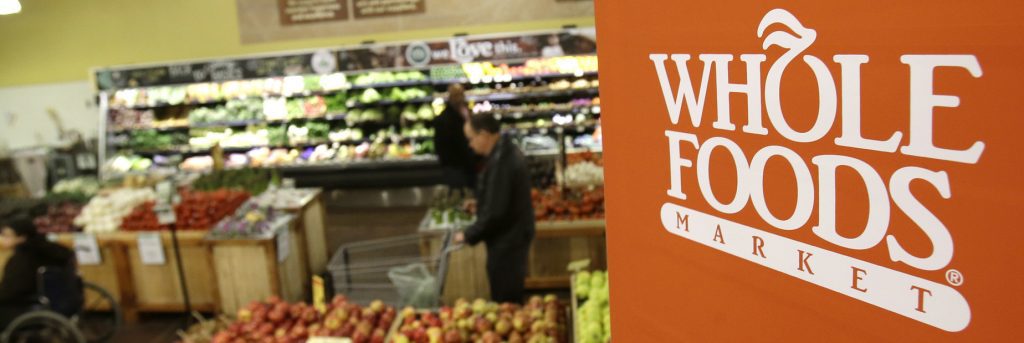The hefty $13 billion price Amazon paid for high-end grocery store chain Whole Foods means a lot for the future of both companies. But what exactly does purchase mean for the future of the American eCommerce giant? Harvard Business School recently looked deeper into the move.
While the announcement left consumers and pundits alike mystified by how this union might affect our online lives and IRL bellies, it’s abundantly clear that the acquisition of Whole Foods reinforces Amazon founder and CEO Jeff Bezos’ desire to “sell everything to everyone, everywhere, all of the time,” according to former Au Bon Pain Executive VP and COO Len Schlesinger.
What the merger of these two modern titans of retail really represents, according to former Stop & Shop CEO/President and current Senior Lecturer of Business Administration Jose Alvarez, is “the last frontier of e-commerce.” Although 3rd party apps like Instacart and Peapod have allowed users to have groceries delivered for some time now, it remains to be seen how two major brands in cahoots might change the grocery game.
The new game just might be what Schlesinger calls “integrated retail,” as evidenced by Amazon’s ironic foray into brick-and-mortar bookstores. “Retailers are discovering the power of virtual and physical channels that interact seamlessly in support of the customer.”
Perhaps a lot of the online chatter has to do with the fact that the Amazon-Whole Foods wedding could hardly be called seamless. Schlesinger notes that the juxtaposition of “Amazon’s obsessively customer centric culture with Whole Foods’ notions of Conscious Capitalism” will be a challenge for all parties to navigate.
Nevertheless, Alvarez expects the deal to be mutually beneficial for the two companies involved: Amazon gets Whole Foods’ platform and Whole Foods gets Amazon’s approach to large-scale innovation.
More specifically, Amazon will acquire 400 new locations as proving grounds for its Amazon Fresh and Amazon Go brands. In exchange, Amazon will help Whole revitalize its reputation beyond “food for the 1%,” as Alvarez explained.
“[Amazon will] use its process and technology expertise to take enormous costs out of the supply chain and store operations while improving the [Whole Foods] in-store experience.” Amazon will also allow “Whole Foods [to] buy high-quality products more cost effectively and thus improve gross margins while keeping customers satisfied,” Alvarez added.
